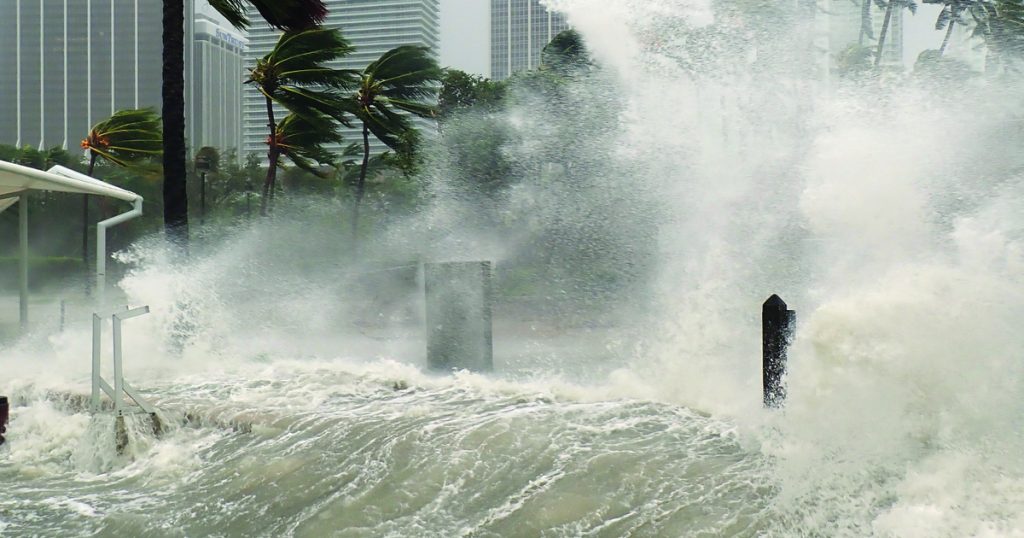Climate hazards such as flooding, heat waves and drought have worsened more than half of the hundreds of known infectious diseases in people, including malaria, hantavirus, cholera and anthrax, a study says.
Researchers looked through the medical literature of established cases of illnesses and found that 218 out of the known 375 human infectious diseases, or 58%, seemed to be made worse by one of 10 types of extreme weather connected to climate change, according to a study in Monday’s journal Nature Climate Change.
Doctors, going back to Hippocrates, have long connected disease to weather, but this study shows how widespread the influence of climate is on human health.
“If climate is changing, the risk of these diseases are changing,” said study co-author Dr. Jonathan Patz, director of the Global Health Institute at the University of Wisconsin-Madison.
Doctors, such as Patz, said they need to think of the diseases as symptoms of a sick Earth.
“The findings of this study are terrifying and illustrate well the enormous consequences of climate change on human pathogens,” said Dr. Carlos del Rio, an Emory University infectious disease specialist, who was not part of the study. “Those of us in infectious diseases and microbiology need to make climate change one of our priorities, and we need to all work together to prevent what will be without doubt a catastrophe as a result of climate change.”
In addition to looking at infectious diseases, the researchers expanded their search to look at all type of human illnesses, including non-infectious sicknesses such as asthma, allergies and even animal bites to see how many maladies they could connect to climate hazards in some way, including infectious diseases. They found a total of 286 unique sicknesses and of those 223 of them seemed to be worsened by climate hazards, nine were diminished by climate hazards and 54 had cases of both aggravated and minimized, the study found.
Not a Modern Healthcare subscriber? Sign up today.
The new study doesn’t do the calculations to attribute specific disease changes, odds or magnitude to climate change, but finds cases where extreme weather was a likely factor among many. The study did map out the 1,006 connections from climate hazard to illness.
Study lead author Camilo Mora, a climate data analyst at the University of Hawaii, said what is important to note is that the study isn’t about predicting future cases.
“There is no speculation here whatsoever,” Mora said. “These are things that have already happened.”
One example Mora knows first-hand. About five years ago, Mora’s home in rural Colombia was flooded — for the first time in his memory water was in his living room, creating an ideal breeding ground for mosquitoes — and Mora contracted Chikungunya, a nasty virus spread by mosquito bites. And even though he survived, he still feels joint pain years later.
Sometimes climate change acts in odd ways. Mora includes the 2016 case in Siberia when a decades-old reindeer carcass, dead from anthrax, was unearthed when the permafrost thawed from warming. A child touched it, got anthrax and started an outbreak.
